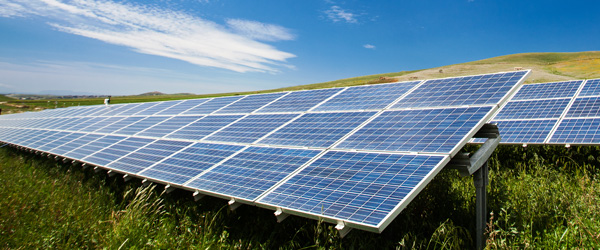[ad_1]
With smart meter and smart city deployments providing a major impetus to general device uptake in the realm of the internet of things (IoT), a report from Kaleido Intelligence has found that a key standard on which such devices will be based, cellular LPWAN – that is low-power wide-area networks consisting of narrowband internet of things (NB-IoT) and Long Term Evolution for Machines (LTE-M) – will grow to the extent whereby its connectivity revenue will grow more than twofold over the next five years, generating $2.3bn in recurring revenue, compared with less than $900m in 2022.
The NB-IoT & LTE-M: Strategies & forecasts report found that China will account for approximately 55% of cellular LPWAN connectivity revenues in 2027, due to continued strong growth in NB-IoT deployments. The rest of the world will see LTE-M edge ahead of NB-IoT in terms of connection installed base, reaching a 51% market share by the end of the forecast period, due to LTE-M’s more direct incorporation into cellular standards.
A key projected trend is that cellular LPWAN roaming will gain traction from 2024. The report highlighted international roaming as a critical factor in supporting the growth of NB-IoT and LTE-M, and the lack of widespread roaming agreements thus far has hampered the growth of cellular LPWAN outside of China. Nevertheless, Kaleido emphasised that this landscape was changing, with an increasing number of agreements having been concluded to facilitate regional roaming.
Kaleido expects significant traction for roaming LPWAN to build from 2024 onwards, as PSM/eDRX modes are more broadly implemented in roaming agreements. Additionally, this year will see increasing operator migration towards the Billing and Charging Evolution (BCE) standard, which will enhance the opportunity to charge cellular LPWAN connectivity more effectively in roaming scenarios. Europe is expected to become a key LPWAN roaming region, with roughly a third of all LPWAN connections roaming outbound by the end of 2027.
Yet the analyst did warn of headwinds facing the sector and advised that strategy shifts were needed to facilitate monetisation. Moreover, it warned that monetisation in general was a problem for cellular LPWAN. Pointing out that data rates were low across the ecosystem, the analyst observed traditional operator monetisation strategies as yielding little revenue, with the average connection only expected to bring in 16 cents per month in 2022, declining to less than 10 cents in 2027 and approaching $1 per year on average for LPWAN connectivity.
To rectify this, Kaleido called on operators and connectivity providers to embrace initiatives such as BCE and VAS enablement to make this area of the IoT more profitable, and thereby increase investment in the sector.
LPWAN has a delicate balancing act to maintain, according to Kaleido principal analyst James Moar. “Data-based monetisation has been shown to be uneconomical for network operators. Connectivity providers need to look to the BCE specification, non-cellular billable metrics and VAS to make LPWAN a more lucrative opportunity, while keeping the costs of connectivity itself low enough to keep the technology appealing to end users,” he said.
[ad_2]
Source link





Most Commented Posts